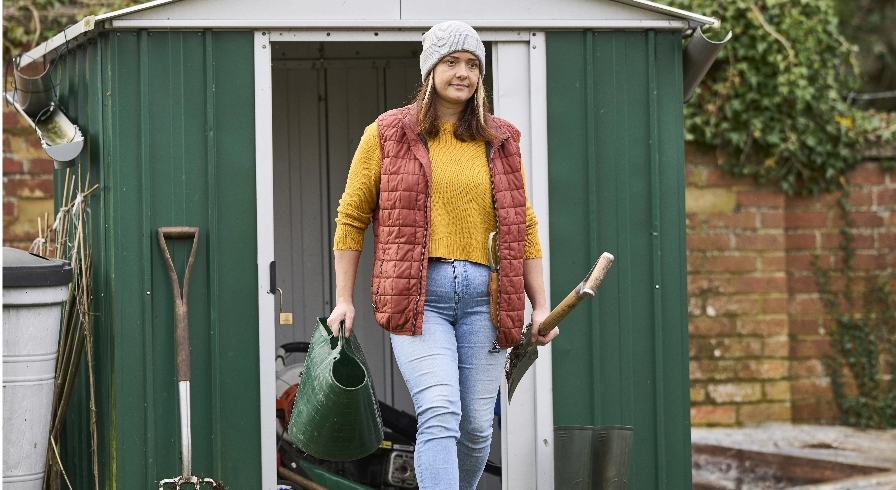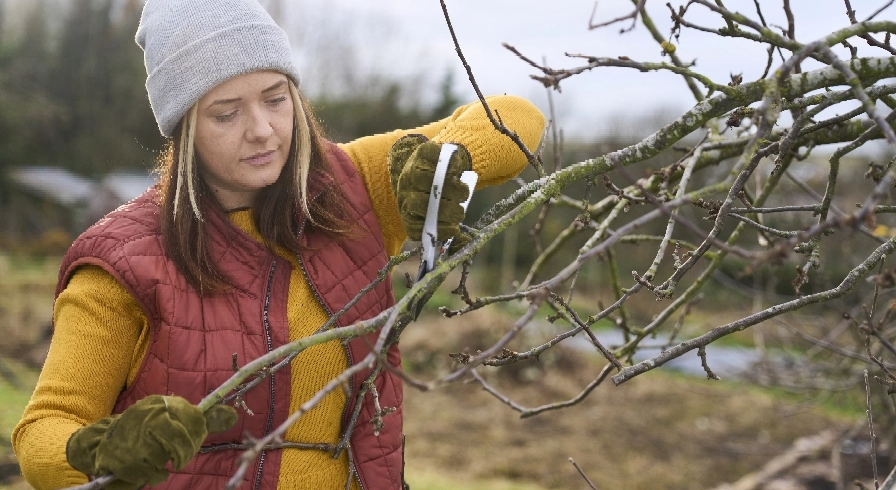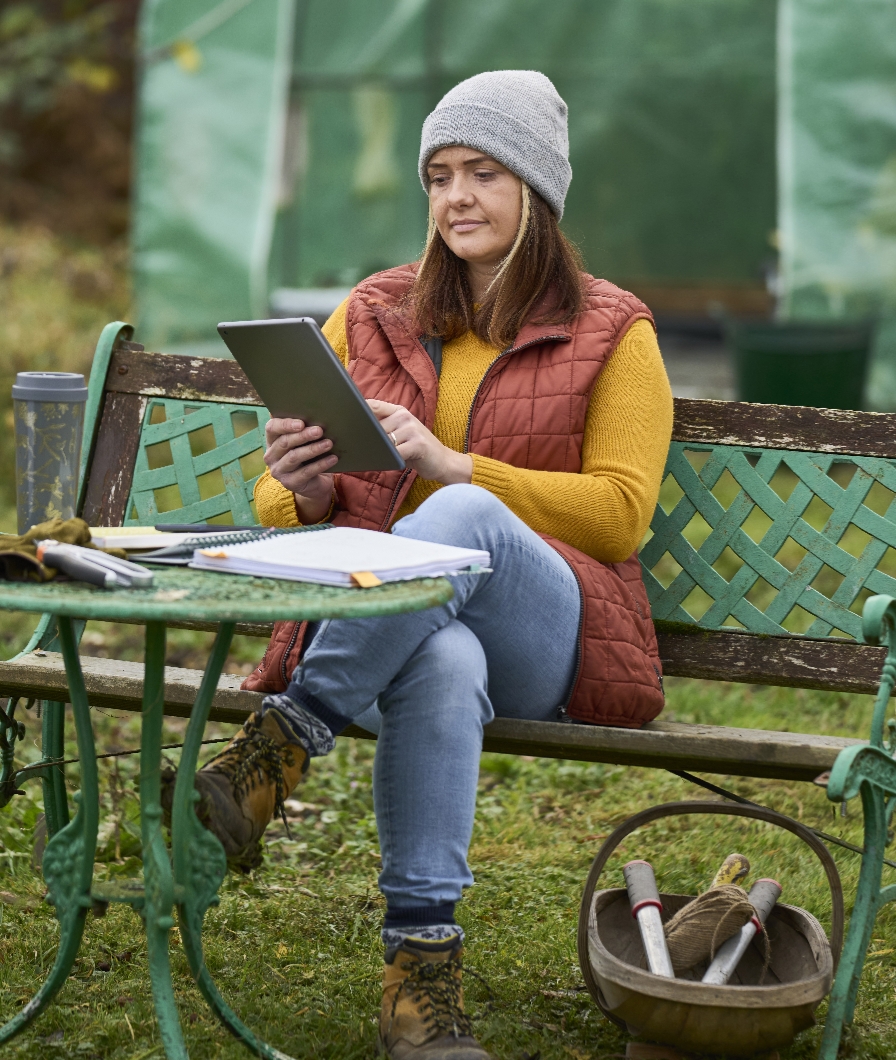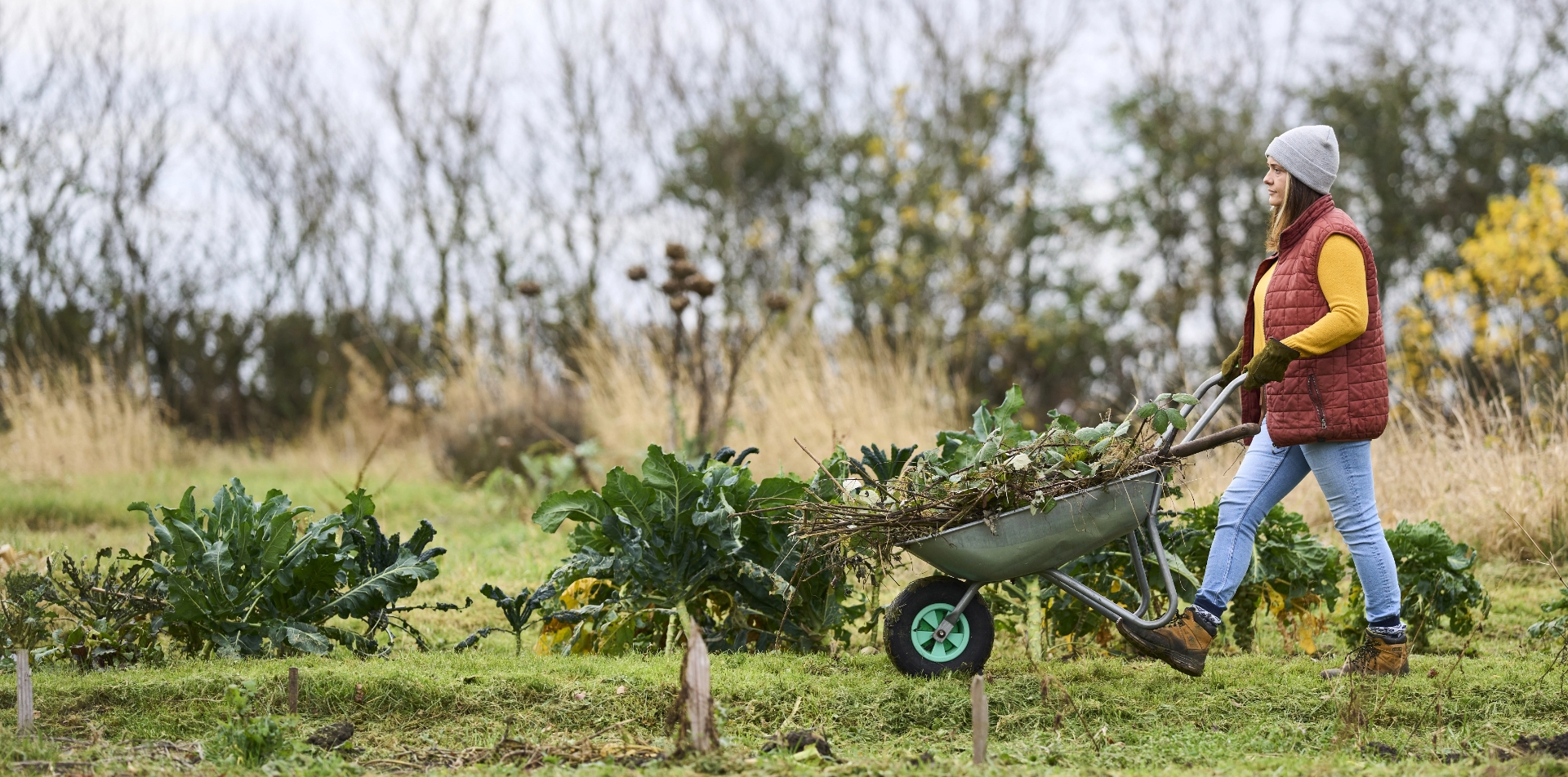Gardener risks and hazards
Gardening might not immediately seem like most dangerous pastime, but no business comes without risk. However, it's still important for green-fingered professionals to consider the risks associated with their work and try to manage and mitigate it as much as possible.
From using power tools to being out working in the sun for too long, there are potential hazards gardeners should take into account - and the best way to tackle this is through a comprehensive risk assessment.
What is a risk assessment?
As a business owner, it’s up to you to spot and highlight the risks present within your workplace. The first step towards identifying and controlling the possible risks to your gardening business is to perform a risk assessment.
It might sound pretty formal, but it doesn’t always need to be. A risk assessment simply involves working out any ways in which your business operations could potentially cause harm or injury to either yourself, an employee or a member of the public, then planning the steps you’ll take to mitigate those risks. It’s an important step in protecting your team, your customers and their property, while ensuring you’re complying with your responsibilities as an employer.
If your business has under five employees, you don’t need a formal written risk assessment, although it might still be a good exercise to keep your business safe. However, if you employ five staff or more full time, then your risk assessment should be a written health and safety policy that you can use to train your staff and prevent accidents.
Hazards and risks
It may help to split your risk assessment into hazards and risks and to know the difference between the two:

Hazards
Hazards are objects or situations with the potential to cause harm. These could be items like tools, ladders or chemicals, or processes like lifting and moving stock or working at height.
Identify your hazards by examining each aspect of your business practices and asking yourself: what activities, processes, tools or substances could insure someone or harm their health? Check any accident records you might have, check manufacturer’s instructions or warning labels on any products you use and visit the Health and Safety Executive.

Risks
Risk, on the other hand, is about assessing how likely things are to go wrong and how serious the implications might be if they do.
Risk is a part of everyday life and it’s impossible to eliminate every risk present in your business. But as a responsible business owner, it’s your responsibility to do everything ‘reasonably practical’ to control the risks your business presents.
Common hazards for gardeners
Slips and trips
Slips or trips are one of the most common types of accident for most occupations, including the gardening businesses. Whether you’re using power tools, working with water, or have ladders about, it’s easy for slips and trips to occur.
Avoid slips and falls:
- Ensure spillages are dealt with promptly
- Let clients or other employees know about any wet surfaces which may be slippery
- Keep walkways as clear as possible of trip hazards like cords and cables, and keep communication with employees and staff of any cables in use, for example from a lawn mower or hedge trimmer
Manual handling
Lifting, pushing and pulling is often part and parcel of any type of occupation and according to the HSE, 18% of the most common workplace accidents were caused by handling, lifting or carrying in 2020-21.
The most common injuries associated with manual handling are musculoskeletal disorders (MSDs), including pain or injury to arms, legs and joints. Back and shoulder strains are very common too, as well as repetitive strain injuries (RSI).
Manual handling injuries can occur almost anywhere in the workplace, but heavy manual labour, awkward postures, repetitive movements of arms, legs and back or previous/existing injury can increase the risk. However, many manual handling type injuries can be caused by smaller tasks like packing, typing, cleaning, or moving supplies.
For a full rundown of the best manual handling practices, follow AXA’s guide to manual handling here.
The best manual handling techniques are:
- Think before you lift
- Use a safe lifting position
- Get a good grip
- Keep the load close to your waist
- Don’t lift with your back
- Avoid twisting
- Look up
- Move smoothly
- Dont lift more than necessary
- Put it down, then adjust
Power tools
Large power tools that involve cutting, shredding, or chopping have inherent risk due to the blades used and the electricity that power them. There can be a lot of risk to manage when using heavy equipment like this, so consider taking a course if you’re not confident.
Use power tools safely:
- Tools should always be used in accordance with manufacturer instructions and guidance
- Look out for CE certification, which confirms that a tool meets European safety standards
- Make sure there are clear operating instructions, and that anyone who uses the tool is familiar with them
- Wear safety equipment where relevant – if using a saw, for example, then goggles will be essential
- Ensure tools are properly maintained to reduce risk of malfunctions
Hand and arm vibration
If you regularly use tools that vibrate, you may be more likely to develop Hand Arm Vibration Syndrome (HAVS) or Carpal Tunnel Syndrome (CTS). While this sounds niche, according to the HSE, nearly 2 million workers are at risk of developing HAVS.
Reduce this risk:
- Reduce vibration exposure by reducing the vibration transmitted to the hand
- Reduce vibration exposure by reducing the time spent holding vibrating equipment or work-pieces
- Understand exposure using the HSE vibration calculator
Prolonged sun exposure
Professional gardeners tend to work longer hours in summer, which means increased exposure to potentially harmful sunlight. While some sun exposure can be good for you, too much can lead to skin damage, dehydration, and even an increased risk of skin cancer.
Keep skin protected:
- Wear a hat that covers your ears and the back of your neck
- Apply sunscreen regularly using at least SPF 15
Avoid dehydration:
- Keep a bottle of water with you at all times
- Sip on it every 30 min or so – don’t guzzle it down in big gulps
- Get in the shade whenever possible, especially on lunch breaks
Hearing damage
Many common tools of the trade can be quite loud and consistent exposure to the loud noises from machinery can contribute to hearing damage such as tinnitus or deafness. According to HSE, noise-induced hearing loss is the second most common reason for employers’ liability insurance claims for occupational health.
Protect your ears:
- Wear hearing protection such as ear defenders when using loud machinery
- Research and use the quietest machinery possible
- Get regular hearing checks to catch any loss in hearing capability early
- Create a work pattern that doesn’t create long-term or consistent exposure to loud noise
Chemical or allergic reaction
Working with pesticides, weed killers and other kinds of chemicals can be a regular part of the gardening job. While these may be okay for environmental use, inhaling, ingesting or getting some on your skin could cause a negative reaction. Even the plants or bugs that you come into contact with could cause an allergic reaction as gardeners are exposed to so many flora and fauna when on the job.
Read more on minimising health risks in the garden on the RHS Gardening website.
Reduce this risk:
- Use gloves and long clothing to protect your skin from chemicals, stings, and bites
- Wear a mask if using any fertilisers or pesticides which can cause harm by inhaling and don’t have your face right over the container when you open it
- Make sure you read any chemical labels and inserts carefully so you know any associated risks of what you’re using
How to protect your gardening business
No matter how careful you are, you can’t eliminate every hazard and accidents can always happen. That’s why business insurance from AXA can help protect you if things do go wrong.
At AXA, we give you the freedom to style your insurance to meet your needs. You can pick and choose covers and build an insurance policy that protects your business, your employees if you have any, and any specialist equipment you have.
Main covers for gardening businesses:

which protects your business from the consequences of your or your employees' actions where a third party is injured or their property damaged.
Employers’ liability insurance
which is a legal requirement for any business with employees and protects your business if your employees are injured or fall ill as a result of working for you.
which protects your own tools and equipment in the case of loss or theft.
Protect the future of your business
Running a business is hard work, so you want to protect the work you put in to make your business a success. Do a little thing today that can make a big difference to your business tomorrow. Get AXA Business Insurance and Future You will thank you.
Protect Future You
All links are checked and valid at time of publishing, 12 January 2024.
